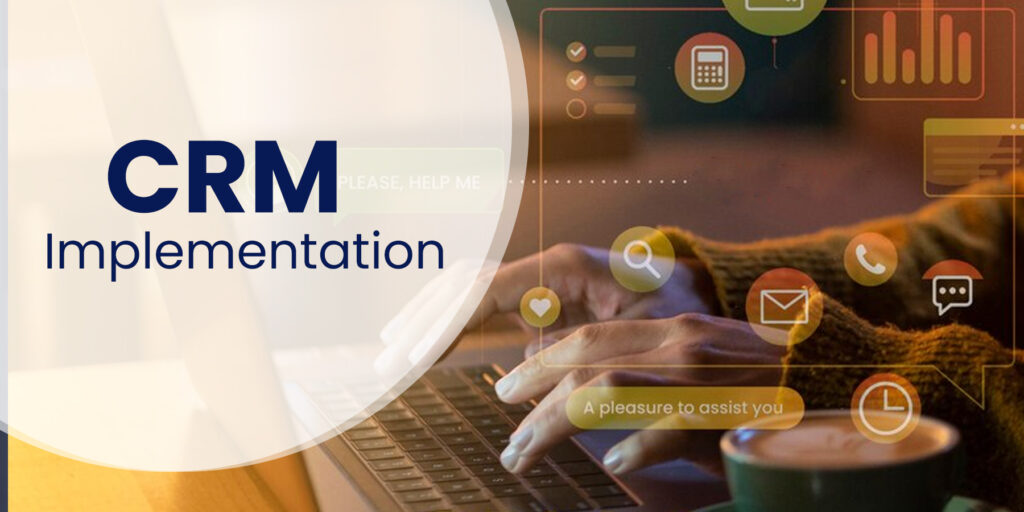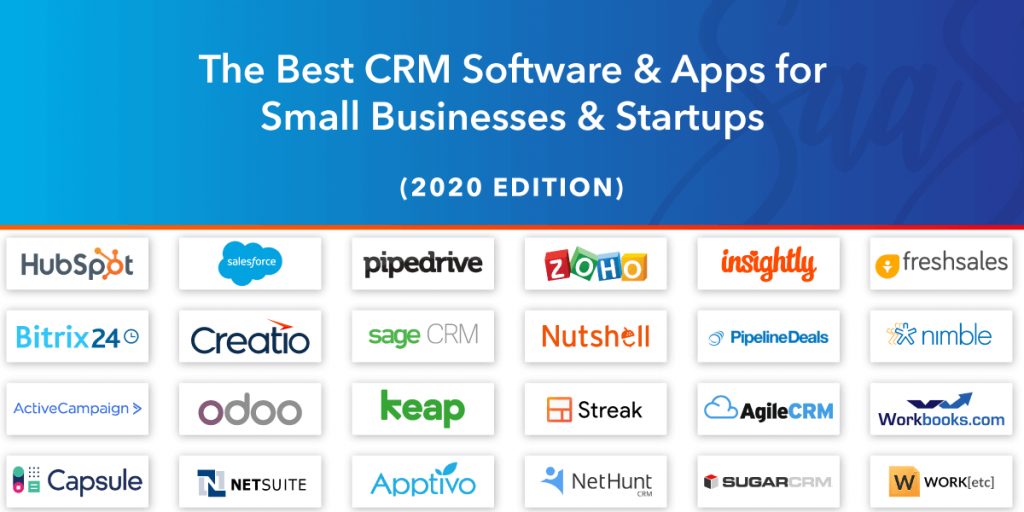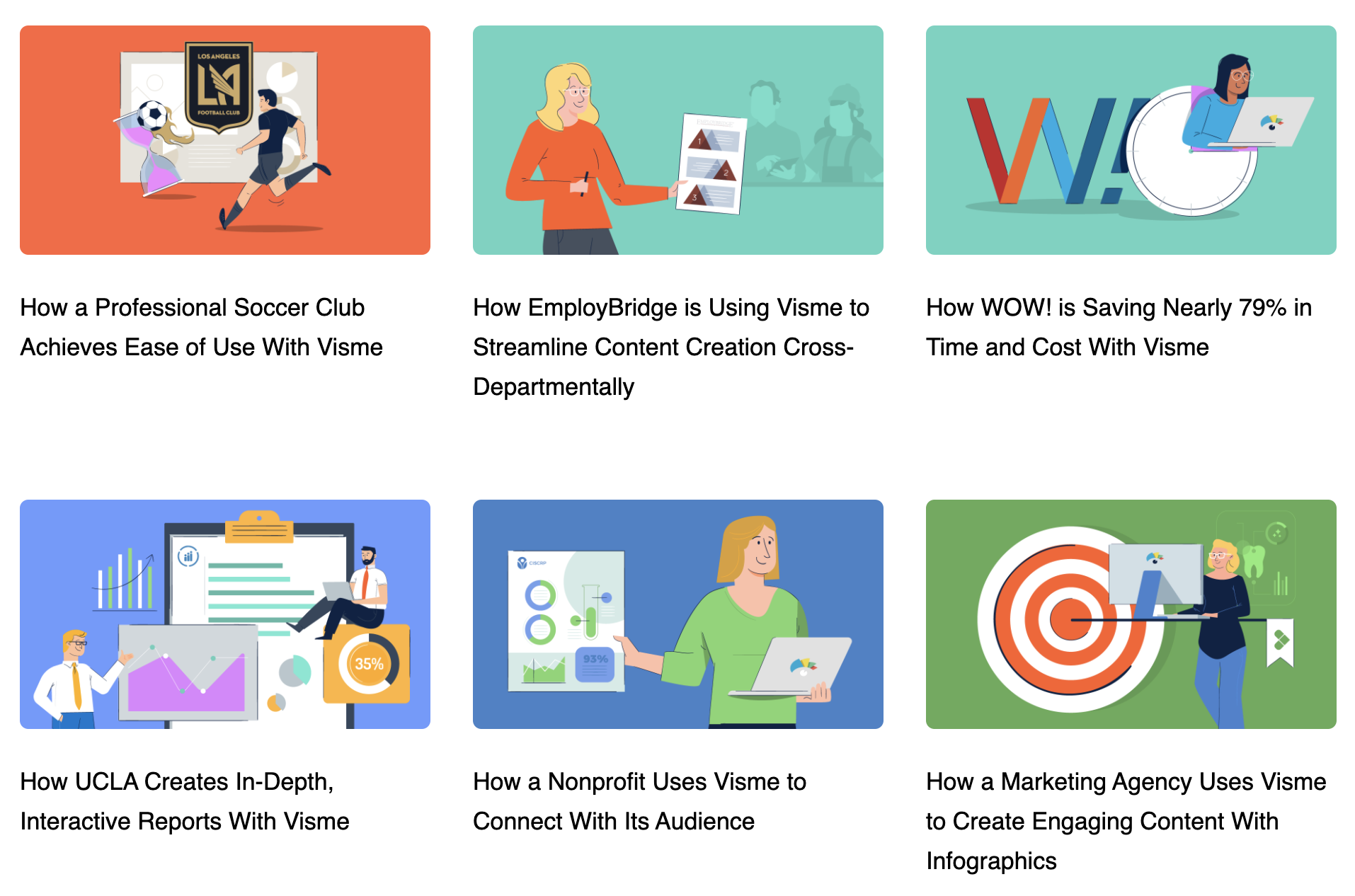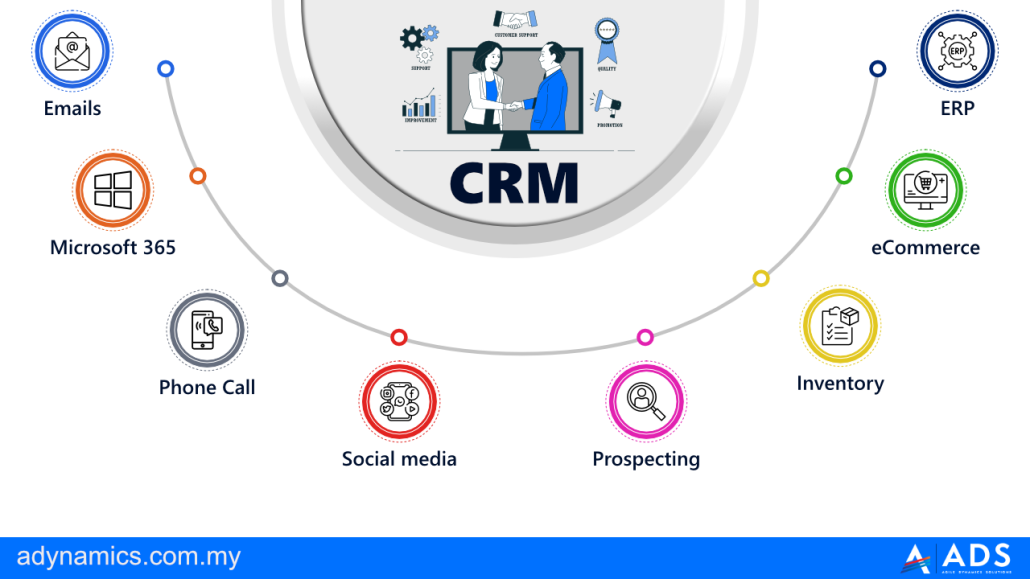Small Business CRM Implementation: A Step-by-Step Guide to Boosting Your Customer Relationships and Bottom Line

Small Business CRM Implementation: A Step-by-Step Guide to Boosting Your Customer Relationships and Bottom Line
Running a small business is like juggling flaming torches while riding a unicycle – exciting, challenging, and a little bit terrifying. You’re constantly wearing multiple hats, from sales and marketing to customer service and accounting. Amidst all this chaos, keeping track of your customers and nurturing those crucial relationships can feel like an impossible feat. That’s where a Customer Relationship Management (CRM) system comes in. But, diving into CRM implementation can seem daunting. Fear not! This comprehensive guide will walk you through the entire process, ensuring your small business not only survives but thrives.
What is a CRM and Why Does Your Small Business Need One?
Before we get into the nitty-gritty of implementation, let’s clarify what a CRM is and why it’s a game-changer for small businesses. A CRM is essentially a centralized database that helps you manage all your interactions with current and potential customers. Think of it as the ultimate digital Rolodex, but with superpowers.
Here’s a breakdown of the key benefits:
- Improved Customer Relationships: A CRM gives you a 360-degree view of your customers. You can see their purchase history, communication logs, preferences, and more. This allows you to personalize your interactions and provide exceptional customer service.
- Increased Sales: By tracking leads, managing sales pipelines, and automating tasks, a CRM can significantly boost your sales performance. You’ll be able to identify and nurture leads more effectively, close deals faster, and ultimately, sell more.
- Enhanced Efficiency: Automate repetitive tasks like data entry, email marketing, and follow-ups. This frees up your team’s time to focus on more strategic activities.
- Better Data-Driven Decisions: CRM systems provide valuable insights into your customer behavior, sales trends, and marketing campaign performance. You can use this data to make informed decisions and optimize your business strategies.
- Improved Collaboration: A CRM centralizes customer information, making it easier for your team to collaborate and share knowledge. Everyone stays on the same page, leading to a more cohesive customer experience.
In short, a CRM is an investment that can transform your small business, making it more efficient, customer-centric, and profitable.
Step 1: Assessing Your Needs and Defining Your Goals
Before you jump into selecting a CRM, take a step back and assess your current situation. What are your pain points? What are your goals? This initial assessment is crucial for choosing the right CRM and ensuring a successful implementation.
Here’s a checklist to guide you:
- Identify Your Challenges: What aspects of your customer relationships or sales process are currently causing you the most headaches? Are you struggling to keep track of leads? Are you missing follow-ups? Are your customer service response times slow?
- Define Your Goals: What do you hope to achieve with a CRM? Are you looking to increase sales, improve customer satisfaction, or streamline your marketing efforts? Be specific and set measurable goals.
- Analyze Your Existing Processes: How do you currently manage customer data, sales, and marketing? Map out your existing workflows to identify areas for improvement.
- Determine Your Budget: CRM systems come in various price points. Set a realistic budget that includes the cost of the software, implementation, training, and ongoing support.
- Evaluate Your Team’s Skills: Assess your team’s technical skills and their willingness to adopt new technology. This will help you choose a CRM that’s user-friendly and easy to implement.
By completing this assessment, you’ll have a clear understanding of your needs and goals, which will make the CRM selection and implementation process much smoother.
Step 2: Choosing the Right CRM for Your Small Business
With your needs and goals clearly defined, it’s time to start researching and comparing CRM systems. This can feel overwhelming, as there are countless options available. However, by focusing on your specific requirements, you can narrow down your choices and find the perfect fit.
Here are some key factors to consider when selecting a CRM:
- Features: Make a list of the features that are essential for your business. This might include contact management, sales pipeline management, email marketing integration, reporting and analytics, and customer service tools.
- Ease of Use: Choose a CRM that’s user-friendly and intuitive. The easier it is to use, the more likely your team will adopt it. Look for a system with a clean interface, drag-and-drop functionality, and helpful tutorials.
- Scalability: Consider your future growth plans. Choose a CRM that can scale with your business as you add more users, customers, and features.
- Integration: Ensure the CRM integrates with your existing tools, such as your email marketing platform, accounting software, and website.
- Pricing: Compare pricing plans and choose a CRM that fits your budget. Consider the total cost of ownership, including the cost of the software, implementation, training, and ongoing support.
- Customer Support: Look for a CRM provider that offers excellent customer support. This is crucial for resolving any issues and getting help when you need it.
- Reviews and Ratings: Read reviews and ratings from other small businesses to get insights into the pros and cons of different CRM systems.
Here are some popular CRM options for small businesses, along with their strengths:
- Zoho CRM: Affordable, feature-rich, and easy to use, making it a great option for small businesses.
- HubSpot CRM: Free CRM with powerful features, ideal for inbound marketing and sales.
- Pipedrive: Focused on sales pipeline management, perfect for businesses that prioritize closing deals.
- Salesforce Essentials: Scalable and comprehensive, but can be more complex and expensive.
- Freshsales: User-friendly and offers a good balance of features and affordability.
Don’t be afraid to try out a few different CRM systems before making a decision. Most providers offer free trials or demos, allowing you to test the software and see if it’s a good fit for your business.
Step 3: Planning Your CRM Implementation
Once you’ve chosen your CRM, it’s time to create a detailed implementation plan. This plan will serve as your roadmap, guiding you through the process and ensuring a smooth transition.
Here’s a step-by-step approach to planning your CRM implementation:
- Define Your Implementation Scope: Determine which features and functionalities you’ll implement initially. It’s often best to start with a core set of features and gradually add more as your team becomes comfortable with the system.
- Develop a Timeline: Create a realistic timeline for the implementation process. Break down the project into smaller, manageable tasks and assign deadlines to each task.
- Assign Roles and Responsibilities: Identify who will be responsible for each aspect of the implementation, such as data migration, system configuration, and training.
- Data Migration Strategy: Plan how you’ll migrate your existing customer data into the CRM. This may involve importing data from spreadsheets, databases, or other systems.
- System Configuration: Customize the CRM to meet your specific needs. This may include setting up user roles, configuring workflows, and creating custom fields.
- Training Plan: Develop a training plan to ensure your team knows how to use the CRM effectively. This may involve providing online tutorials, in-person training sessions, or creating user guides.
- Testing and Validation: Thoroughly test the CRM to ensure it’s working correctly and meets your requirements.
A well-defined implementation plan will minimize disruptions and ensure a successful CRM rollout.
Step 4: Data Migration and System Setup
Data migration is a critical step in the CRM implementation process. It involves transferring your existing customer data into the new CRM system. This can be a complex task, so it’s essential to plan carefully and follow best practices.
Here’s how to approach data migration:
- Data Preparation: Clean and organize your data before migrating it. Remove duplicates, correct errors, and standardize the data format.
- Data Mapping: Map your existing data fields to the corresponding fields in the CRM system. This ensures that your data is imported correctly.
- Data Import: Import your data into the CRM system. Most CRM systems offer import tools that allow you to upload data from spreadsheets or other files.
- Data Validation: Verify that your data has been imported correctly. Check for any errors or inconsistencies.
- Data Security: Ensure the security of your data during the migration process. Protect your data from unauthorized access and follow data privacy regulations.
In addition to data migration, you’ll need to configure the CRM system to meet your specific needs. This may involve:
- User Setup: Create user accounts and assign roles and permissions.
- Workflow Configuration: Set up automated workflows to streamline your sales and marketing processes.
- Customization: Customize the CRM to match your branding and business processes.
- Integration: Integrate the CRM with your other tools, such as your email marketing platform and accounting software.
Taking the time to prepare your data and configure the system properly will pay off in the long run, ensuring a smooth and efficient CRM experience.
Step 5: Training Your Team and Promoting Adoption
Even the best CRM system is useless if your team doesn’t know how to use it. Training and user adoption are crucial for realizing the full benefits of your CRM investment.
Here’s how to effectively train your team and promote CRM adoption:
- Develop a Training Program: Create a comprehensive training program that covers all aspects of the CRM system. Tailor the training to different user roles and skill levels.
- Provide Hands-on Training: Provide hands-on training sessions where your team can practice using the CRM. Encourage them to ask questions and experiment with the features.
- Create User Guides and Documentation: Develop user guides, tutorials, and other documentation to help your team learn and use the CRM.
- Offer Ongoing Support: Provide ongoing support to your team, such as answering questions, troubleshooting issues, and providing refresher training.
- Promote CRM Adoption: Encourage your team to use the CRM by highlighting its benefits and providing incentives. Celebrate successes and recognize those who are actively using the system.
- Lead by Example: Managers and team leaders should be the first to embrace the CRM and demonstrate its value.
- Gather Feedback: Regularly solicit feedback from your team to identify areas for improvement and address any challenges they may be facing.
By investing in training and promoting user adoption, you’ll ensure that your team is equipped to use the CRM effectively and that your business reaps the rewards.
Step 6: Ongoing Management, Optimization, and Evaluation
CRM implementation isn’t a one-time event; it’s an ongoing process. To maximize the value of your CRM, you need to manage it effectively, optimize its performance, and regularly evaluate its effectiveness.
Here’s a breakdown of the key activities:
- Data Maintenance: Regularly clean and update your CRM data to ensure its accuracy and reliability.
- Workflow Optimization: Review and optimize your workflows to improve efficiency and effectiveness.
- Reporting and Analysis: Regularly generate reports and analyze your CRM data to track your progress, identify trends, and make data-driven decisions.
- User Training and Support: Provide ongoing training and support to your team to ensure they’re using the CRM effectively.
- Feature Updates: Stay up-to-date with the latest CRM features and updates.
- Integration Maintenance: Ensure that your CRM integrations are functioning correctly.
- Performance Evaluation: Regularly evaluate the performance of your CRM and identify areas for improvement. Measure your progress towards your goals and make adjustments as needed.
By continuously managing, optimizing, and evaluating your CRM, you’ll ensure that it remains a valuable asset for your small business, helping you build stronger customer relationships and drive sustainable growth.
Common Pitfalls to Avoid During CRM Implementation
While CRM systems offer tremendous potential, implementation can be challenging. Avoiding these common pitfalls will significantly increase your chances of success:
- Poor Planning: Failing to adequately plan the implementation process can lead to delays, cost overruns, and ultimately, a failed project.
- Lack of User Buy-in: If your team isn’t on board with the CRM, they won’t use it effectively. Involve your team in the planning process and provide adequate training.
- Inadequate Data Migration: Poor data migration can result in inaccurate data and a frustrating user experience. Take the time to clean and prepare your data before migrating it.
- Over-customization: Resist the urge to over-customize the CRM. Focus on implementing the core features first and gradually add more customizations as needed.
- Insufficient Training: Without adequate training, your team won’t be able to use the CRM effectively. Invest in a comprehensive training program.
- Ignoring Ongoing Management: CRM implementation isn’t a one-time event. You need to continuously manage, optimize, and evaluate your CRM to ensure its success.
- Choosing the Wrong CRM: Selecting a CRM that doesn’t meet your needs can be a costly mistake. Thoroughly research and compare different CRM systems before making a decision.
By being aware of these pitfalls, you can proactively address them and increase your chances of a successful CRM implementation.
The Impact of a Successful CRM Implementation
The rewards of a well-executed CRM implementation can be transformative for your small business. Here’s a glimpse of what you can expect:
- Improved Customer Satisfaction: By providing personalized service and addressing customer needs more effectively, you’ll build stronger customer relationships and increase customer satisfaction.
- Increased Customer Loyalty: Happy customers are loyal customers. A CRM helps you foster customer loyalty by providing exceptional service and building lasting relationships.
- Higher Sales Conversion Rates: By streamlining your sales process and nurturing leads more effectively, you’ll close more deals and increase your sales conversion rates.
- Reduced Costs: Automating tasks and improving efficiency can significantly reduce your operational costs.
- Enhanced Team Productivity: A CRM empowers your team to work more efficiently and effectively, freeing up their time to focus on more strategic activities.
- Better Decision-Making: By providing valuable insights into your customer behavior and sales trends, a CRM enables you to make data-driven decisions and optimize your business strategies.
- Sustainable Growth: A successful CRM implementation sets the stage for sustainable growth by improving customer relationships, increasing sales, and enhancing efficiency.
Investing in CRM implementation is an investment in your business’s future. It’s a strategic move that can propel your small business to new heights.
Conclusion: Embracing the Power of CRM
Implementing a CRM system is a significant undertaking, but the benefits are undeniable. By following the steps outlined in this guide, you can successfully implement a CRM that empowers your small business to build stronger customer relationships, boost sales, and achieve sustainable growth.
Remember to start with a clear understanding of your needs and goals, choose the right CRM for your business, plan your implementation carefully, and provide adequate training and support to your team. With a little planning and effort, you can harness the power of CRM and transform your small business into a customer-centric powerhouse.
Don’t be afraid to take the plunge. The future of your small business may depend on it.



